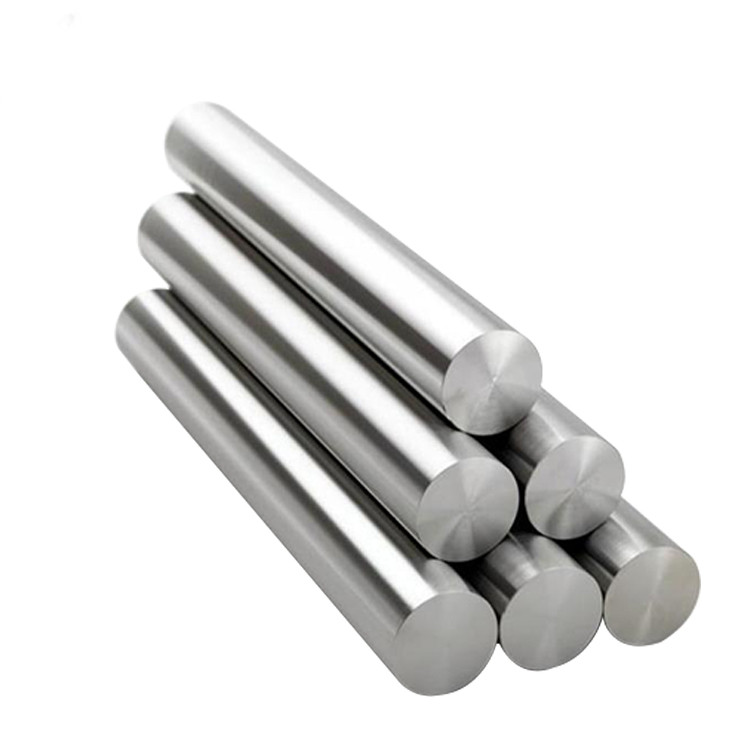
15 Jan Unveiling the Strength: Exploring the World of 440C Stainless Steel Forged Bars
Introduction:
When it comes to high-performance stainless steel, 440C stands out as a true champion. Renowned for its exceptional wear resistance, impressive corrosion resistance, and high hardness, 440C stainless steel has found its way into various industries. In this blog post, we’ll delve into the fascinating world of 440C stainless steel forged bars, exploring their composition, properties, applications, and the forging process that transforms them into formidable components.
1. The Composition of 440C Stainless Steel:
440C stainless steel is a martensitic stainless steel, a category known for its high carbon content. The key elements in its composition include:
Carbon (C): 0.95 – 1.20%
Chromium (Cr): 16.00 – 18.00%
Manganese (Mn): 1.00% max
Silicon (Si): 1.00% max
Phosphorus (P): 0.040% max
Sulfur (S): 0.030% max
This composition contributes to the steel’s remarkable properties, making it a sought-after material in demanding applications.
2. Unveiling Impressive Properties:
a) Hardness:
440C stainless steel is renowned for its high hardness, typically ranging between 58-60 HRC (Rockwell Hardness C). This makes it ideal for applications where resistance to wear and abrasion is crucial.
b) Corrosion Resistance:
With a significant chromium content, 440C exhibits good corrosion resistance, particularly in mild environments. This attribute makes it suitable for applications where exposure to corrosive elements is a concern.
c) Wear Resistance:
The combination of high carbon and chromium content grants 440C stainless steel outstanding wear resistance. This makes it a top choice for components subjected to extreme wear, such as ball bearings, knives, and surgical instruments.
d) Toughness:
While 440C is a hard steel, it maintains moderate toughness. Balancing hardness and toughness is essential for applications requiring both durability and resilience.
3. The Forging Process:
Forging plays a pivotal role in shaping 440C stainless steel into robust bars. The forging process involves heating the steel to a specific temperature and applying compressive forces to shape it. This not only imparts the desired form but also enhances the mechanical properties of the material, improving its strength and toughness.
4. Applications of 440C Stainless Steel Forged Bars:
440C stainless steel forged bars find applications in a variety of industries, including:
Cutlery: High-end knives and blades
Ball Bearings: Critical components in machinery
Surgical Instruments: Precision instruments requiring durability
Valve Components: Where corrosion resistance and wear resistance are essential
Conclusion:
In conclusion, 440C stainless steel forged bars epitomize strength and durability. Their exceptional properties, coupled with the precision of the forging process, make them indispensable in industries where performance is non-negotiable. Whether it’s a finely crafted knife or a critical machine component, 440C stainless steel forged bars continue to prove their mettle, standing tall as a symbol of engineering excellence.






No Comments